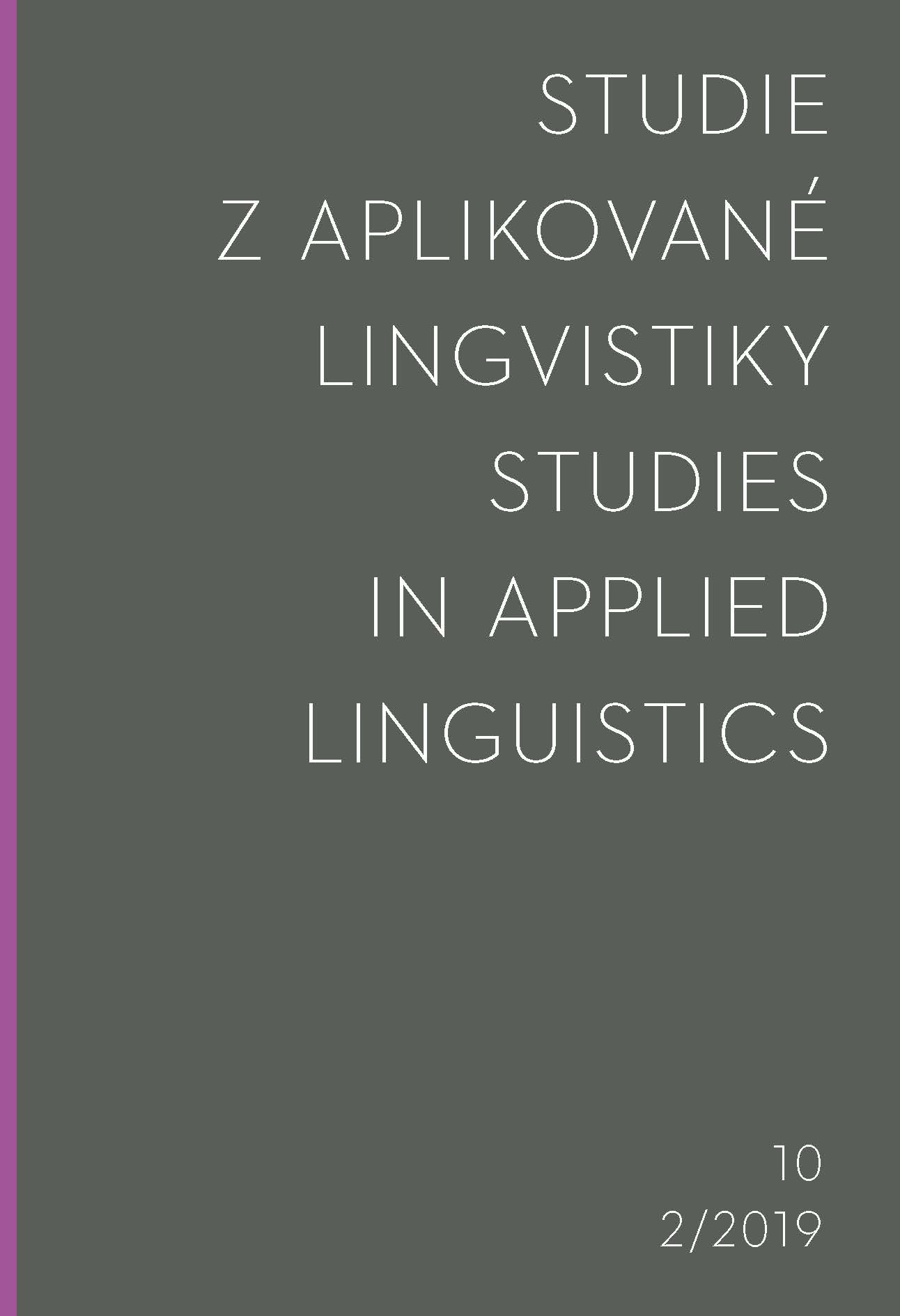Czeck-Rep: Introducing A Nonword Repetition Task For Czech
Czeck-Rep: Introducing A Nonword Repetition Task For Czech
Author(s): Roberto Sileo, Dana TyčováSubject(s): Language and Literature Studies, Phonetics / Phonology, Morphology
Published by: Univerzita Karlova v Praze - Filozofická fakulta, Vydavatelství
Keywords: nonwords; czech language; children;
Summary/Abstract: Typically developing (TD) children develop the ability to imitate new words (Snow 1981, Speidel 1989) and accurately repeat nonwords as early as two years of age (Gathercole and Adams 1993, Carey 1978, Rice 1990). Conversely, it is well attested that children with language impairment (LI) find it difficult to accurately repeat nonwords throughout childhood (Kamhi and Catts 1986, Kamhi et al. 1988, Taylor, Lean and Schwartz 1989, Gathercole and Baddeley 1990, Baddeley and Wilson 1993, Montgomery 1995, Bishop et al. 1996, Dollaghan and Campbell 1998, Edwards and Lahey 1998, Weismer et al. 2000, Norbury et al. 2001, Cont i-Ramsden and Kesketh 2003, Gray 2003, Estes et al. 2007, Archibald and Gathercole 2007). Relative accuracy in nonword repetition (in both TD and LI) depends on a variety of factors, the most important being: nonword length (Gathercole et al. 1991, Gathercole and Baddeley 1996), phonological complexity (Archibald and Gathercole 2006, Cilibrasi et al. 2015), and morphological complexity (Miceli & Caramazza, 1988). Given the role of these factors, nonword repetition is a powerful tool to, first, assess language impairment, and second, assess linguistic parameters that play a significant role in first language acquisition (Gathercole et al. 1994). While some languages have a long list of nonword repetition tests available (for example, English), others have very few of these tests (for example, Czech). This paper presents a new nonword repetition task for Czech. The test is novel in that the items are created controlling for nonword length, phonological complexity, and morphological complexity.
Journal: Studie z aplikované lingvistiky
- Issue Year: 10/2019
- Issue No: 2
- Page Range: 101-107
- Page Count: 7
- Language: English

